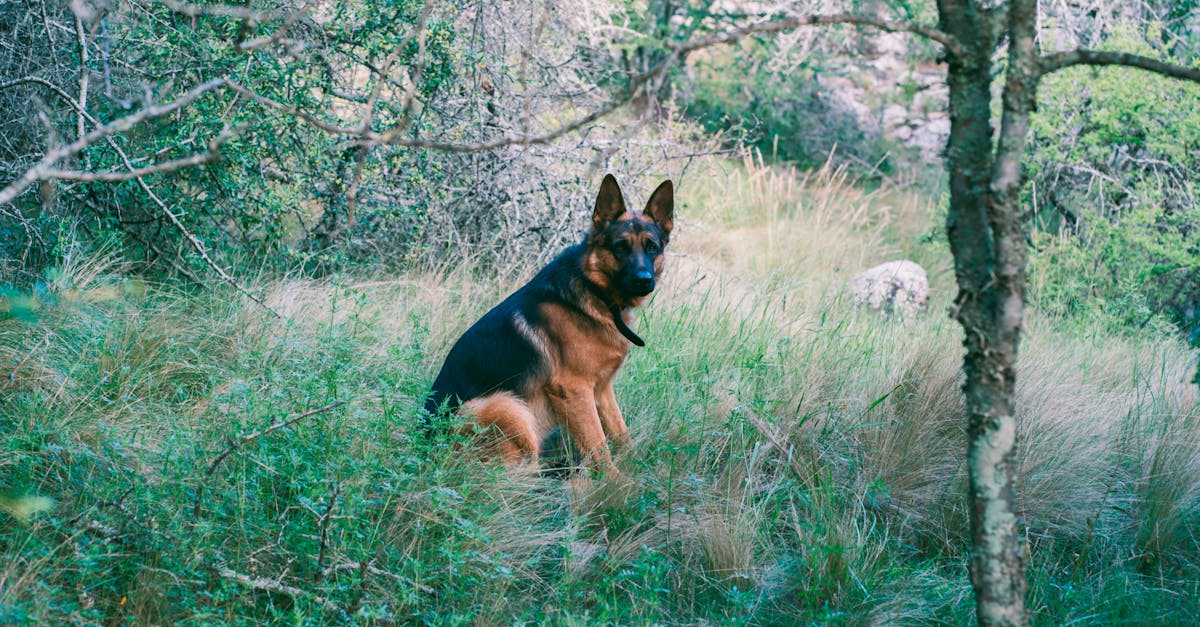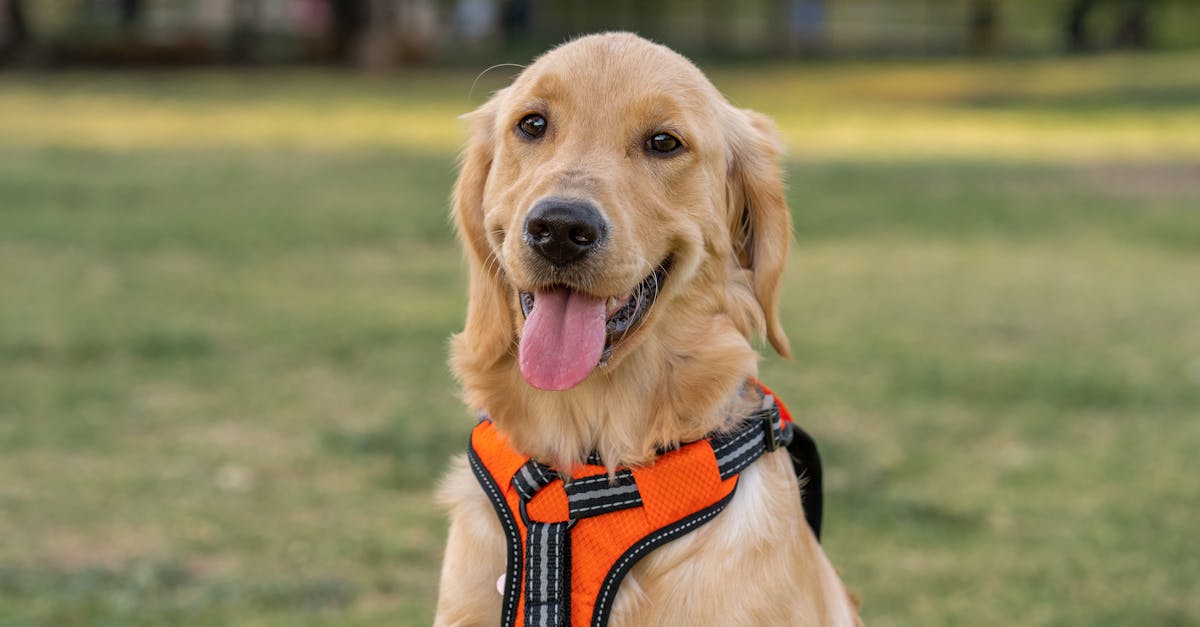Preventing Heat Stroke in Pets
Understanding Heat Stroke in Pets
As the temperatures rise during the summer months, pet owners must be particularly vigilant to prevent heat stroke in their furry companions. Heat stroke is a severe condition that occurs when a pet's body overheats due to prolonged exposure to high temperatures. Unlike humans, pets, especially dogs and cats, have limited ways to cool down, making them more susceptible to heat-related illnesses. Early signs of heat stroke include excessive panting, drooling, lethargy, and red gums. If left untreated, it can lead to severe complications or even be fatal. Understanding this condition is the first step in protecting your pet.
Advertisement
Knowing the Risk Factors
Not all pets are equally vulnerable to heat stroke. Certain breeds, especially those with short noses like Bulldogs and Pugs, and pets with thick coats are at higher risk. Overweight animals and those with pre-existing health conditions, such as heart or respiratory issues, are also more prone to heat stress. Age can be a factor, with puppies, kittens, and senior pets being less able to regulate their body temperature effectively. Recognizing your pet’s specific risk factors can help tailor preventive measures.
Advertisement
Recognizing Early Symptoms
Pet owners should familiarize themselves with the early signs of heat stroke. Initial symptoms can include labored or rapid breathing, increased heart rate, and a dramatic rise in body temperature. Pets may become overly anxious, weak, or collapse if left in the heat for too long. The eyes can become glazed, and in severe cases, the pet may vomit or experience seizures. Immediate action is necessary at the first indication of distress to prevent irreversible damage.
Advertisement
Ensuring Proper Hydration
Hydration is crucial in preventing heat stroke. Pets should always have access to fresh, clean water, particularly during warm weather. Encourage your pets to drink more during summer by providing enticing ice cubes or flavored drinks. Investing in a pet fountain can also encourage some animals to drink more frequently. Additionally, giving your pet shaded areas to rest can make a significant difference, as water plays a vital role in maintaining a stable body temperature.
Advertisement
Adjusting Exercise Routines
Although exercise is essential, the intensity and timing should be adjusted during hot weather. Schedule walks or play sessions during the cooler parts of the day, like early morning or late evening. Shorten exercise duration and monitor your pet for signs of exhaustion or overheating. Remember, walking on hot pavement can burn a pet's paws, so check the ground temperature or consider protective footwear if necessary. Making these small adjustments can help maintain your pet's health and safety.
Advertisement
Providing a Cool Environment
Creating a comfortable environment for your pet is critical during sweltering days. Indoor pets should have access to fans or air conditioning. Cooling mats or dampened towels can also provide relief. For outdoor pets, ensure they have access to shade, and consider using a kiddie pool for them to cool off. Monitoring indoor temperatures and using shades or blinds during the hottest parts of the day can help prevent heat buildup in your home.
Advertisement
Regular Grooming and Maintenance
Regular grooming can assist in heat stroke prevention. While shaving might seem helpful, it can remove the layer of protection that fur provides against sunburn and heat. Instead, opt for regular brushing to remove excess undercoat and improve air circulation. Keep an eye out for matting, which can trap heat and moisture, leading to discomfort and potential heat stress in pets.
Advertisement
Geared for Travel
Pets should never be left alone in parked vehicles, even for a few minutes. Car temperatures can skyrocket quickly, leading to fatal heat stroke. Plan ahead for travel, ensuring the vehicle is cool and comfortable. Using window shades and portable fans can be beneficial. If traveling long distances, take frequent breaks to allow your pet to drink water and cool down. Always prioritize your pet’s safety during travel.
Advertisement
Emergency Response Measures
If heat stroke is suspected, quick action is essential. Move your pet to a shaded or air-conditioned area immediately, then apply cool—not cold—water to lower body temperature. Using wet towels or fans can help, but avoid ice-cold baths as they may cause shock. Contact a veterinarian while initiating cooling measures, as professional treatment may be necessary. Early intervention is crucial in minimizing risks and promoting recovery.
Advertisement
Comprehensive Summary for Pet Safety
In summary, heat stroke is a serious threat to pets during the hotter months, emphasizing the need for proactive prevention measures. Knowing the risk factors and early symptoms can save lives. Ensuring adequate hydration, adjusting exercise routines, and creating a cool environment are vital steps. Regular grooming and mindful travel practices further enhance pet safety. Ultimately, attentive care, informed decisions, and immediate action are indispensable in preventing heat-related emergencies in pets.
Advertisement


